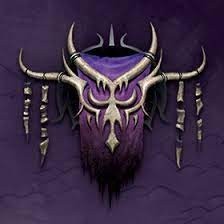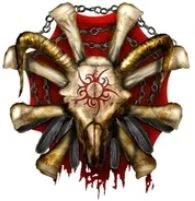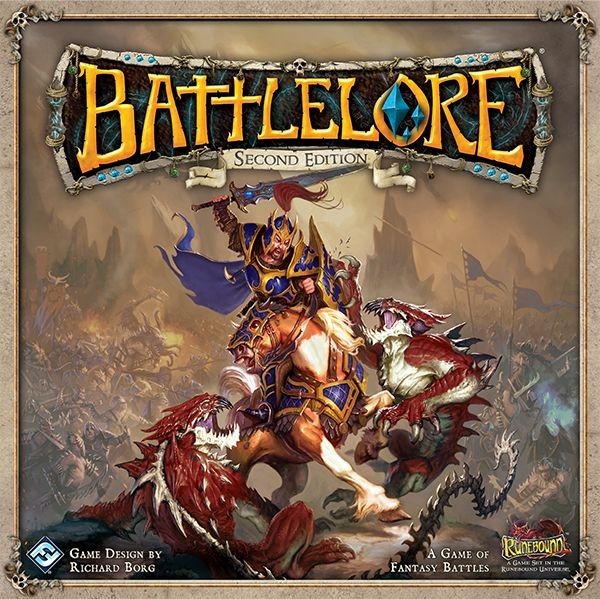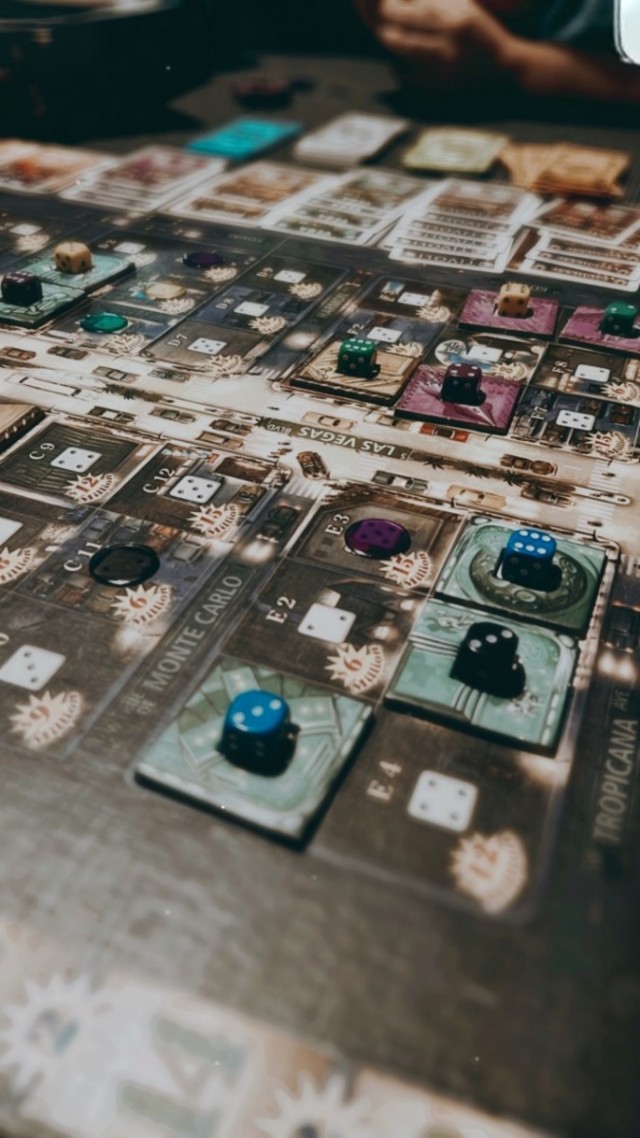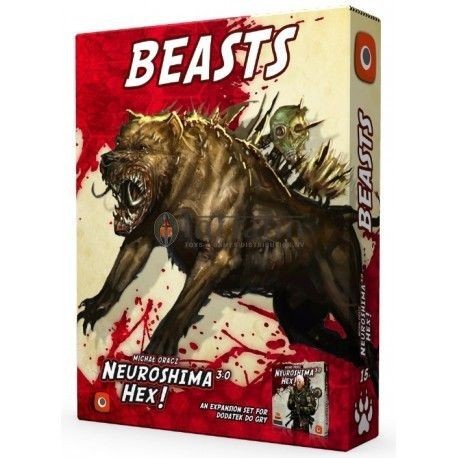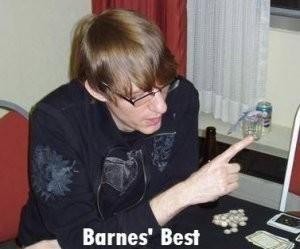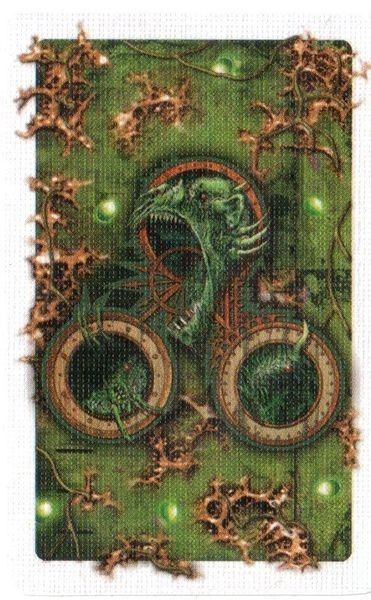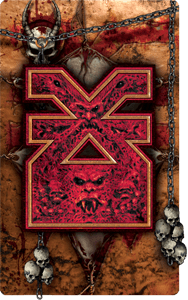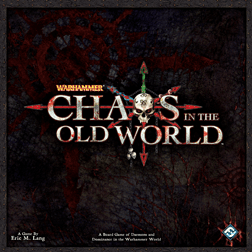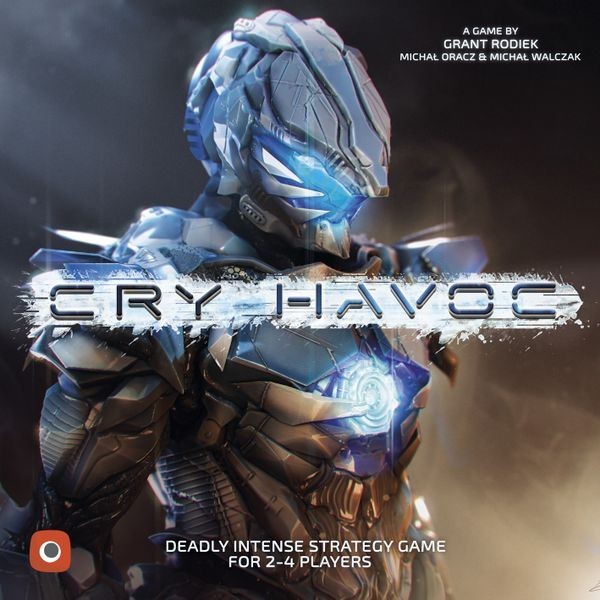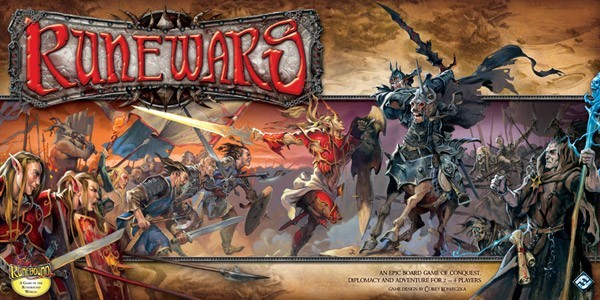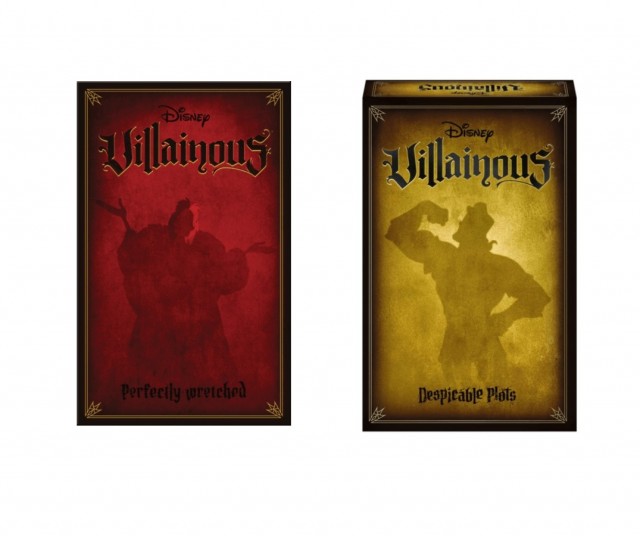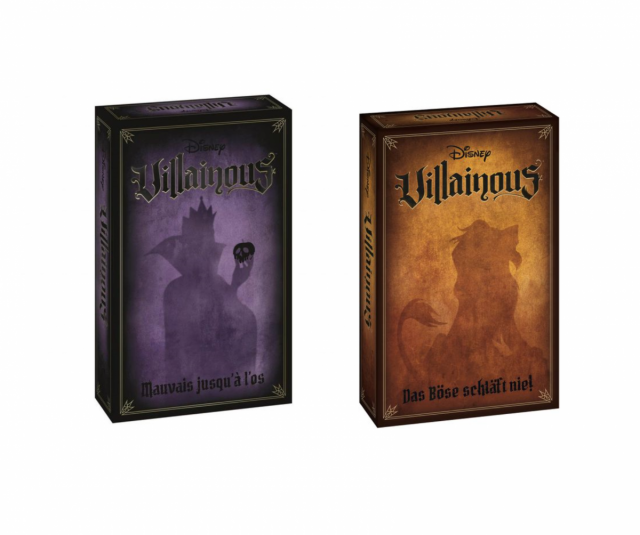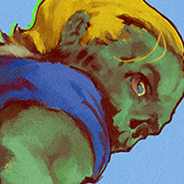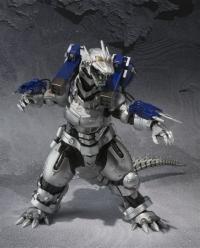The first in a three-part series about The Others, where we look into mechanics that set the game apart, the heroes of F.A.I.T.H., and the seven Sins.
I’m not a tremendous fan of “many vs one” games. I enjoy and have enjoyed several of them. We were hardcore Descent 1st Ed. players for a number of years. I also tend to find, for example, the “many vs one” format of Tiny Epic Zombies more interesting than I do the co-op version. However, I currently only have two games that are solely of that type in my collection: TMNT: Shadows of the Past and The Others. I picked up the latter because 1) I’m an Eric Lang fan and 2) I’m fond of religious mythology and zealotry as themes. Given that this was a cyberpunk (another favorite) version of that religious theme, it was right up my alley. But what has turned it into a favorite is the smoothness of the mechanics, the ease of gameplay, the flexibility of the system, the constant variety presented by different heroes, different Sins/Acolytes, and different scenarios, and, perhaps just as importantly in our crowded schedule-world, the speed with which one can finish a game.

Let’s be honest: dungeon crawls are called that for a reason. Games of this type frequently take a significant amount of time to play, even when they’re relatively simple “open a door and die”-type games like Dungeonquest. As someone who enjoys playing 8-hour sessions of Here I Stand, this may seem like a strange thing for me to cite as a positive. But there are times that all-day games are good and times when they’re a little less than good. We can set up and finish a game of The Others in two hours. Each scenario has three goals. Each Sin has one overarching ability and a host of monsters that all have the same stats. Each FAITH group is limited to seven heroes for a game. And, most importantly, every game is on a clock (the Apocalypse track) that makes the game progressively more difficult for the heroes as they, likewise, hopefully get stronger with upgrades. All of those factors combine to produce a game experience that moves swiftly. There are tactical decisions that are important, but there are few decisions that are made that can’t be recovered from, if needed. This is a game that propels you toward the end because, after all, the apocalypse is comin’.
What highlights all of this is the interwoven turn structure. Too many games of direct conflict suffer from the “I GO, U GO” approach. Games Workshop’s wargames are notorious for this, in which hyper-modern combat is reduced to one side moving every figure he/she has and unloading every bit of ammo they can before the opponent can do anything. Games like Descent are likewise burdened, in which the Overlord can take all of their actions and utterly transform the game state for the heroes, at which point they have to stop and reassess how their entire environment has changed. The Others, in contrast, uses a structure where every hero has two turns in each round. After any hero has taken a turn, the Sin player has the option of responding. This is similar, to cite GW again, to Epic Armageddon, where each player acts with one unit and then the opposing player can respond. Combat and gameplay are, thus, interwoven and the situation feels more dynamic, as players react to the changing situation in “real time”, as opposed to watching the entire situation change while they can do nothing.

What this also reinforces is the overall aspect of the “push your luck” mechanic that appears in the game in several ways. The Sin player generally has fewer opportunities to act than the FAITH players do. Thus, the Sin player has to pick and choose when it’s most advantageous to act, knowing that if they engage too often, the FAITH players will be left with a number of actions at the end of the round where they can do what they want without a response. The most prominent aspect of “push your luck” in the game is the use of Corruption. As with most of these types of games, the Sin player/Overlord has a certain advantage built in. Playing as one vs many, there usually has to be something that gives the ‘one’ player an edge. In this case, it’s the unending stream of Acolytes, Abominations, and the Avatar that the Sin player can spawn onto the board, plus the Apocalypse track. For the heroes to make progress, they’re going to have to run the risk of gaining more power now in exchange for setting themselves up to be hindered in the future. That works both ways, in that Corruption doled out by obstacles on the board or direct actions by the Sin player will also make the heroes more powerful in their next encounter, just like taking voluntary Corruption will. But it also pushes them closer to the precipice of surrendering health and the bonuses that said Corruption provides when they’re wounded, sometimes leading to a quick and grisly demise.
I think the game is more dynamic tactically than most dungeon crawls, as well. While positioning is important (Shooters keeping another hero between them and a target in case they don’t kill it, blocking Nests to limit the Sin player’s options, etc.), it’s not the be-all and end-all that it often can be in most constructed map games. There’s no such thing as blocking corridors, for example. Models can move diagonally and through walls (doors, windows) at will. Line of sight is only blocked by those walls and there are no considerations for range or blocking figures. This makes ranged combat rather seamless, albeit only able to take place in the streets (since there are walls inside.) Furthermore, with the constant presence of things like Fire and Corruption tokens, which tend to inhibit or redirect movement by the FAITH team, there’s a certain amount of assessment that has to take place regardless of what goal (monsters, scenario, clearing) the heroes are attempting this round. On top of that, all players have to stay aware that, once per round, the Sin player can drop in an Acolyte to a fight that brings a condition that could easily tip the scales in their direction. This is on top of whatever cards the Sin player may have on hand, half of which are tailored to the Sin in question. All of these combine to keep the game shifting rapidly, keeping players involved and on their toes. Oh, and there’s always the clock…
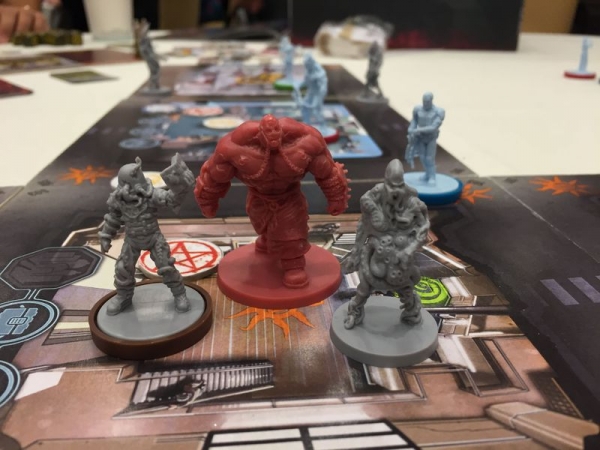
The three different types of scenarios (Terror, Redemption, Corruption) also add to the variability of the game. You still have to keep in mind the usual environmental factors like monsters or Fire, but you also have to consider the nature of the scenario. Terror scenarios can often be slugfests, based mostly on killing Abominations as fast as possible. But "Haven in Flames" almost requires you to douse Fire around the map; as one option to fulfill the second goal, but also to keep the Apocalypse track from moving too quickly. Similarly, Redemption scenarios emphasize movement to be able to get the Innocents to the starting space. But the Avatar is usually out earlier than other scenarios and defeating it is a goal option in both "Battleground of Souls" and "Into the Breach". Likewise, Corruption scenarios provide another challenge via the Dark Past cards and a potential traitor hero emerging while you attempt to clean the streets of Corruption. However, in "The Darkness Within", the Apocalypse track moves faster if there are too many monsters on the streets. So, like the best games, there are multiple paths to victory in The Others, but you can’t pick just one and utterly neglect the others. Teamwork and diversification of responsibility (and the importance of Fixers!) will be essential for success.
Three notes:
The first is about City actions and NPC tokens. While they seem like ‘extras’, these are actually fairly essential to the game play for FAITH, in the same way that the Acolytes can be for the Sin player (which we’ll cover in part two: We have Sinned.) A lot of newer players tend to forget that placing a City action uses ALL of the available actions, so if you’re in a tight spot and can move to a place that heals 2 wounds and gives you an Upgrade for one action, that’s not a bad deal. The Others is a game about fine margins, because you’re dealing with a fair amount of dice in many instances, which means that you want to hedge the odds in your favor as much as you can. This is what’s important about certain heroes that can often be overlooked because their special ability involves City actions (which we’ll cover in part three: Keep the FAITH.) They can be quite powerful, especially if they involve the Orbital Strike token and you’re trying to complete a scenario goal that involves removing all monsters from a particular spot, for example. The City actions can be a shortcut or a temporary boon to whomever activates them, which could be enough to keep the Apocalypse track from advancing or winning a scenario for FAITH.

The second is about the NPC tokens. Again, The Others is about fine margins. Each of the tokens (Ravenscorp, Proxy, Commissioner) provides a little bit of leeway on said margins that can be extremely useful for the FAITH players. That’s why those tokens are available in the majority of the maps for each scenario. You can probably figure out per scenario which one turns out to be most useful (Ravenscorp for Redemption scenarios, etc.) but none of them should be ignored if the prospect for acquisition is there. Again, it’s all part of the web of tactical choices available to the heroes (and for the Sin player to plot against… “Coming for that Proxy, my pretty?! [insert maniacal Margaret Hamilton laugh here.])
Finally: Upgrades. Like most dungeon crawls, loot is an important feature of The Others. Finding Upgrades can be key to succeeding in many games and certainly make it easier to take more risks in achieving goals. And, certainly, there are items that seem to ramp up the power of the heroes significantly, especially if they’re handed to the right heroes (say, Eagle with Marksmanship or Wengsi Wong with the Laz Blade.) Anyone who’s ever been an Overlord in Descent can remember the moment when someone drew the Grinding Axe from a silver chest and the game simply flipped. The difference here is that the items that can truly control the game simply don’t exist and all players have to remember that the number of hero deaths in the game is finite: If you lose 4 heroes, the game is over. There are no points to be accrued or lost. It’s do or be done. So, Wengsi may be tearing ass across the board, slaughtering everything within reach, but if the rest of the team can’t keep up and gets cornered, the darkness may not be far away. Again, I think the utility of the items is as well balanced as the rest of the game and nothing in my experience sticks out as one or two cards being the key to defeat or victory for either side.
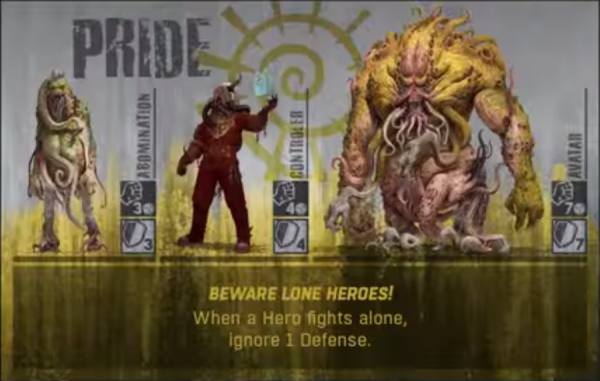
Alrighty, then. Next time, we’ll cover the seven deadly Sins, their minions and Acolytes, favorite cards, a few tactics, and a few words about the local Hell Club.
 Games
Games How to resolve AdBlock issue?
How to resolve AdBlock issue? 